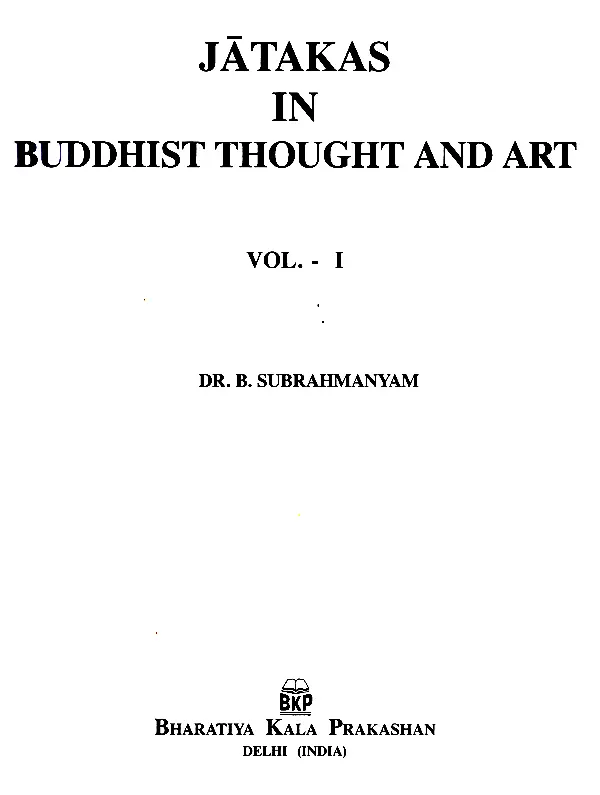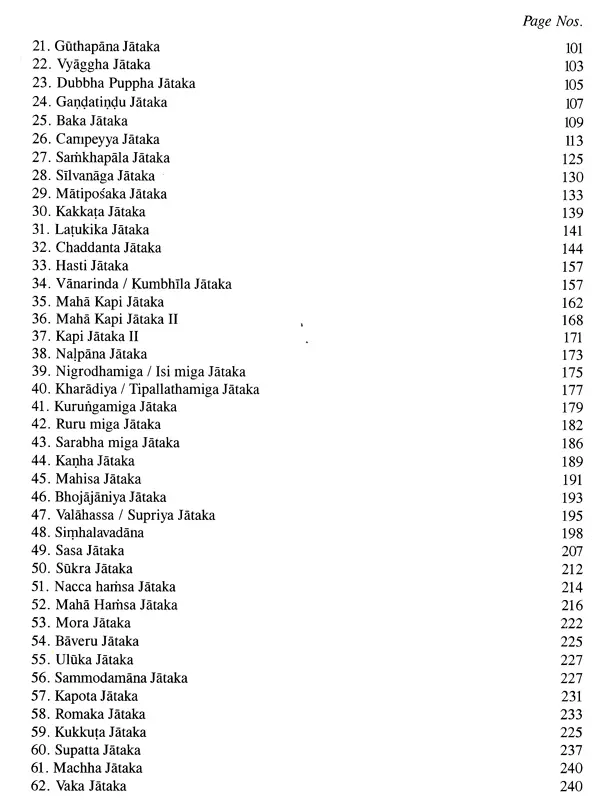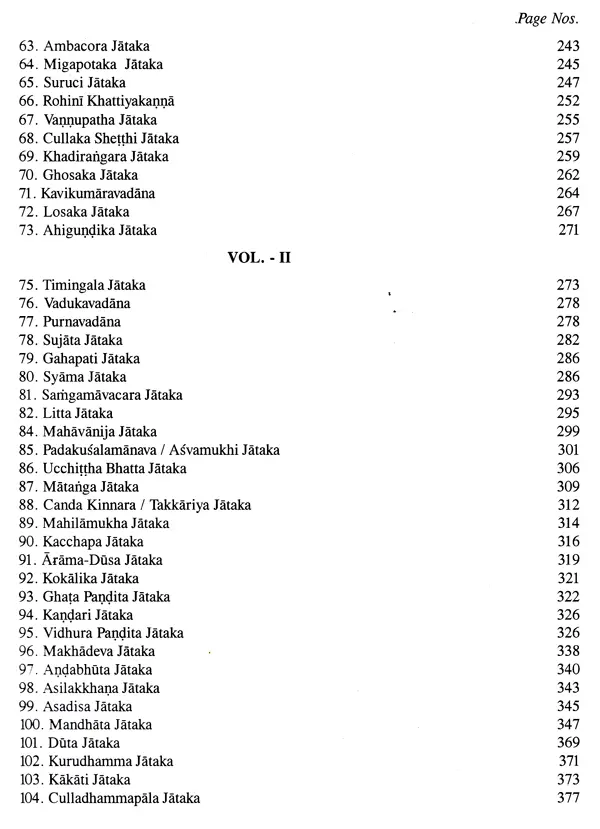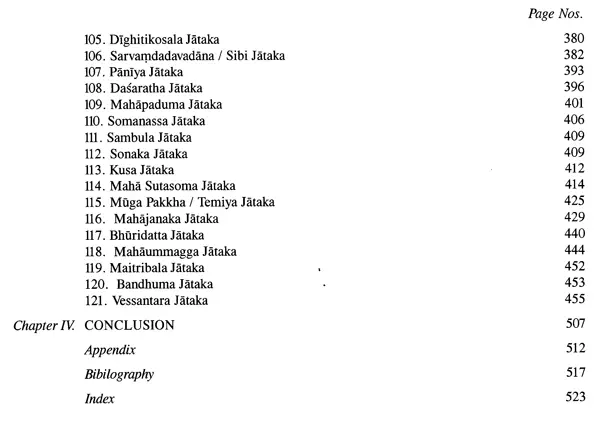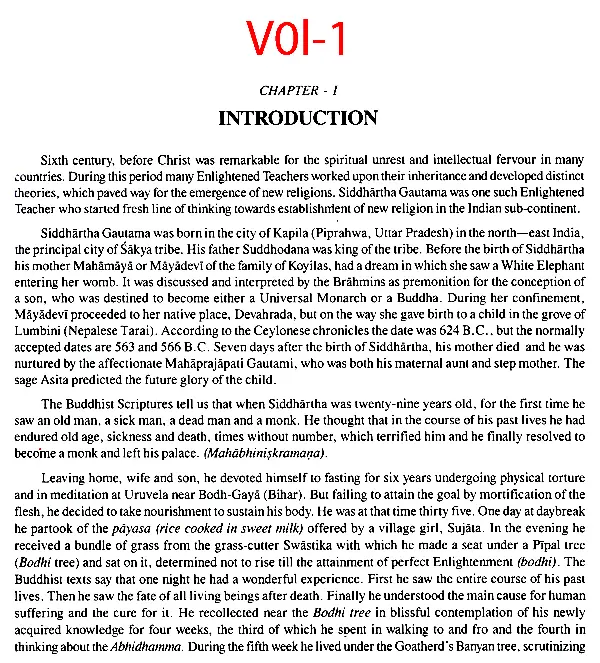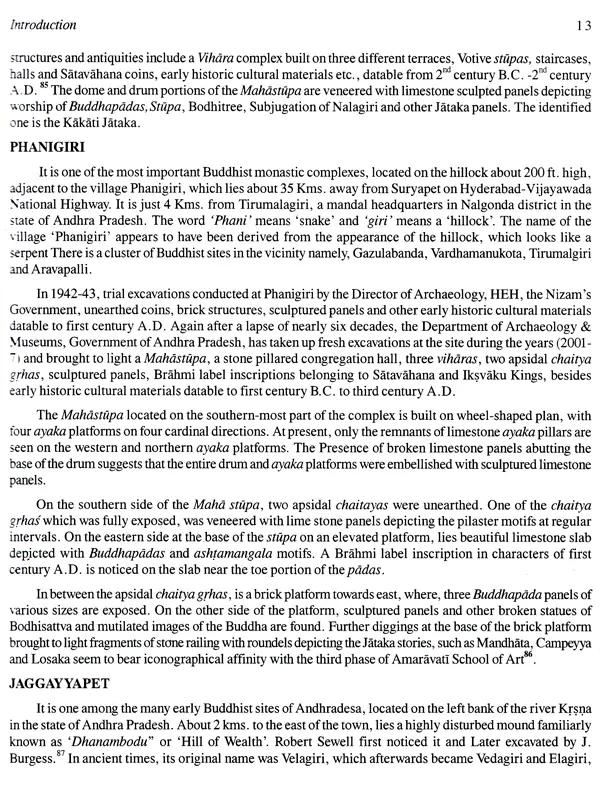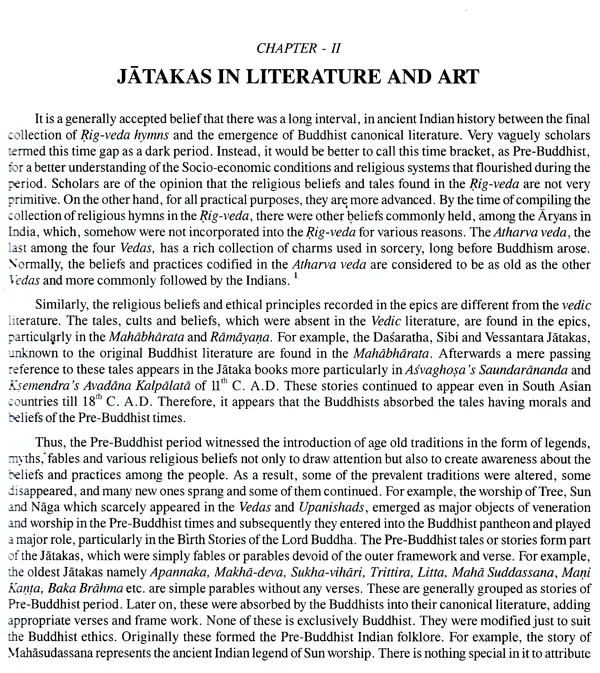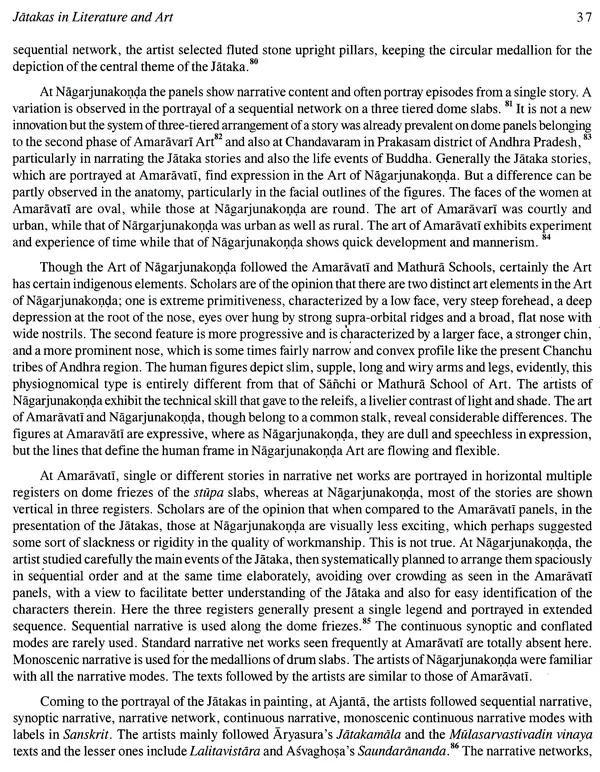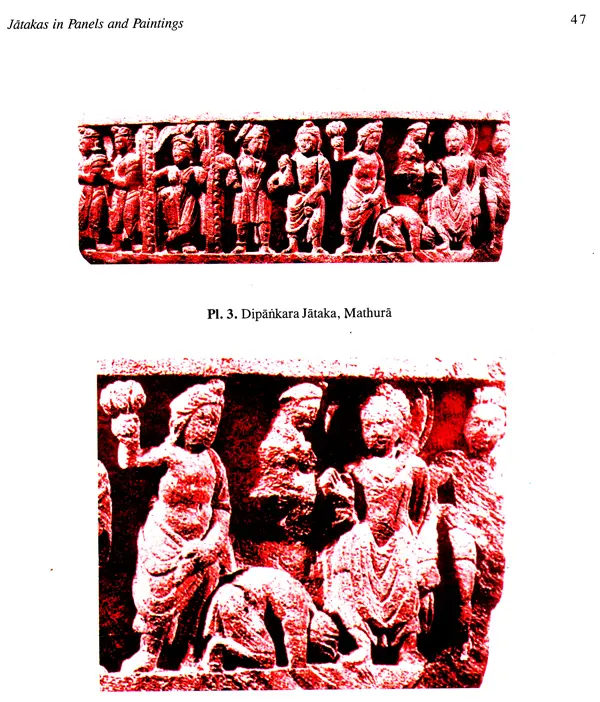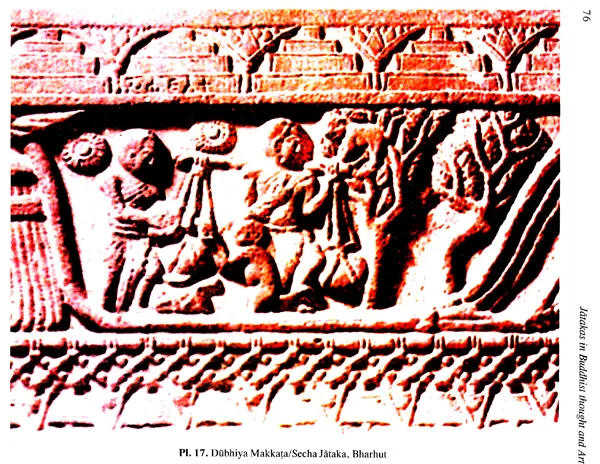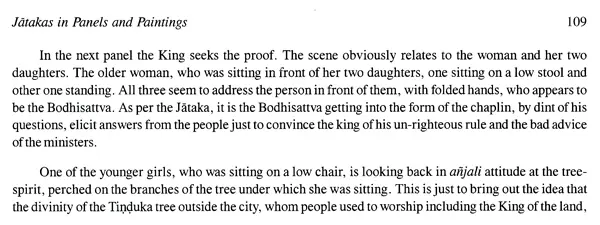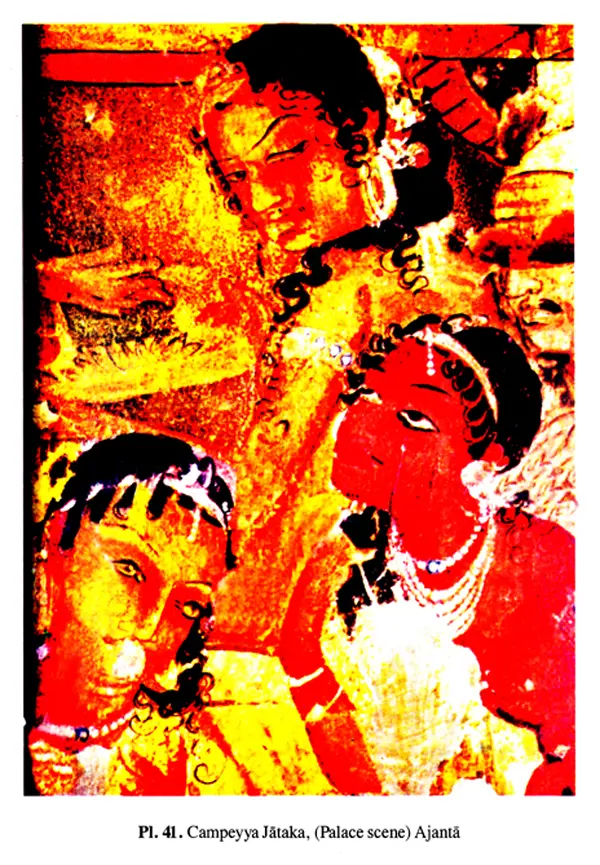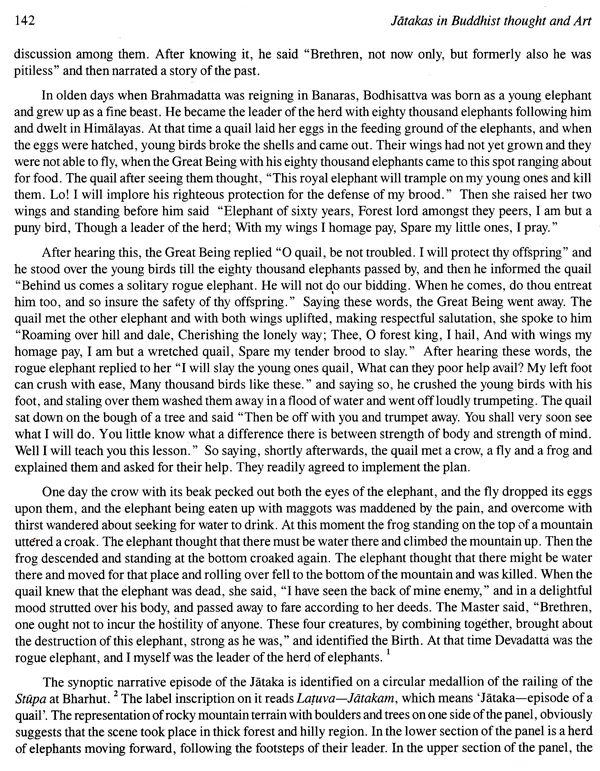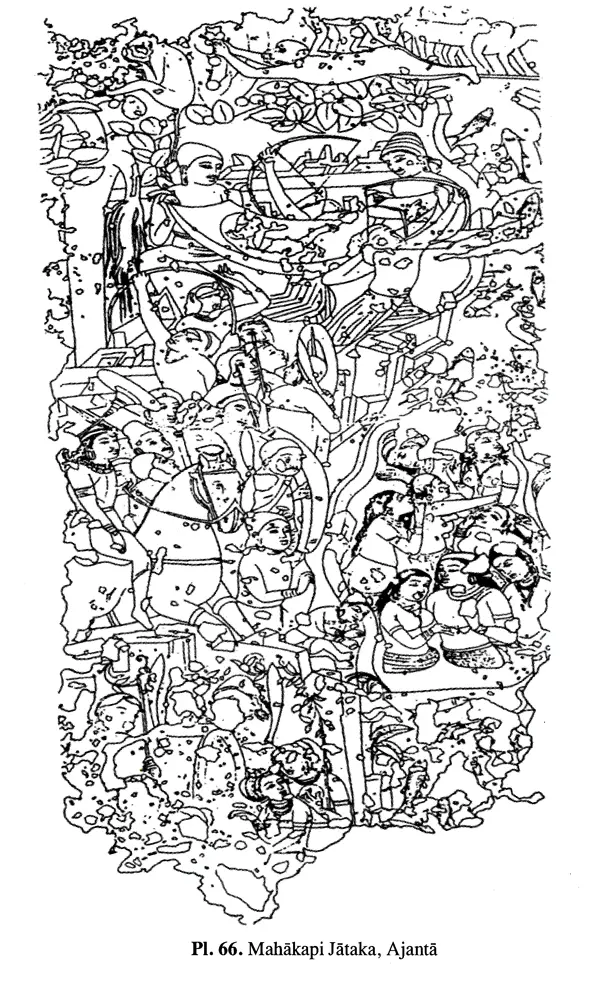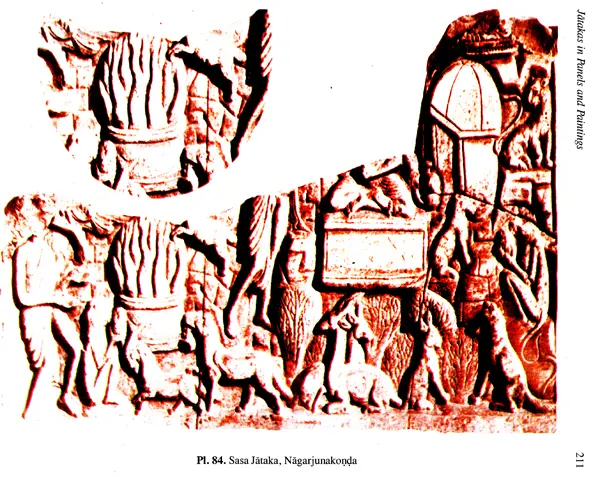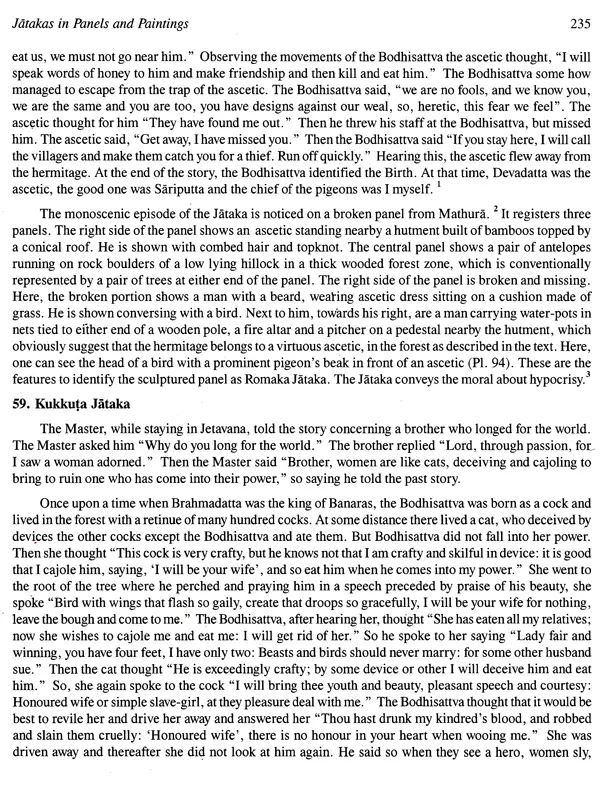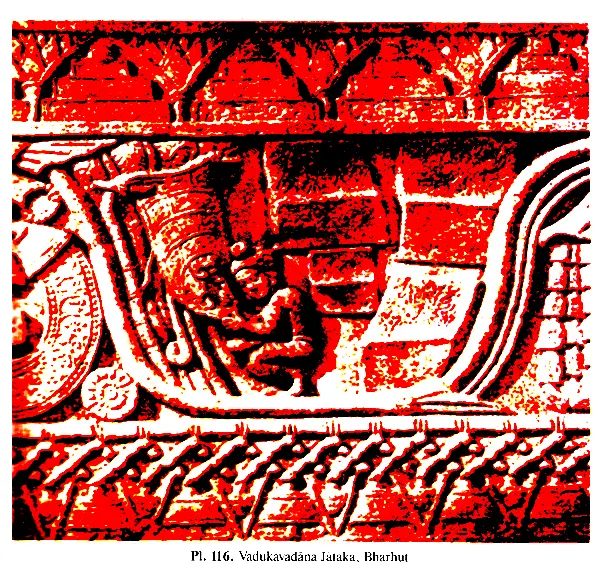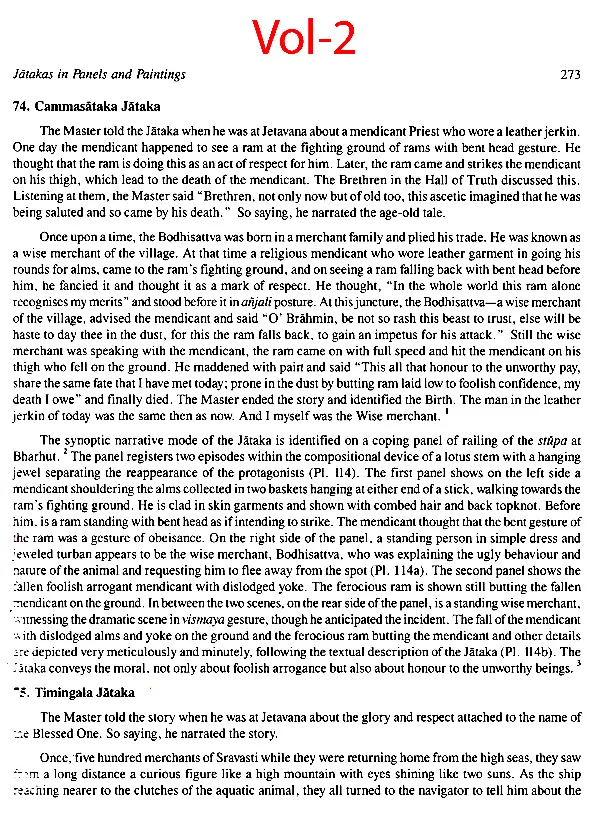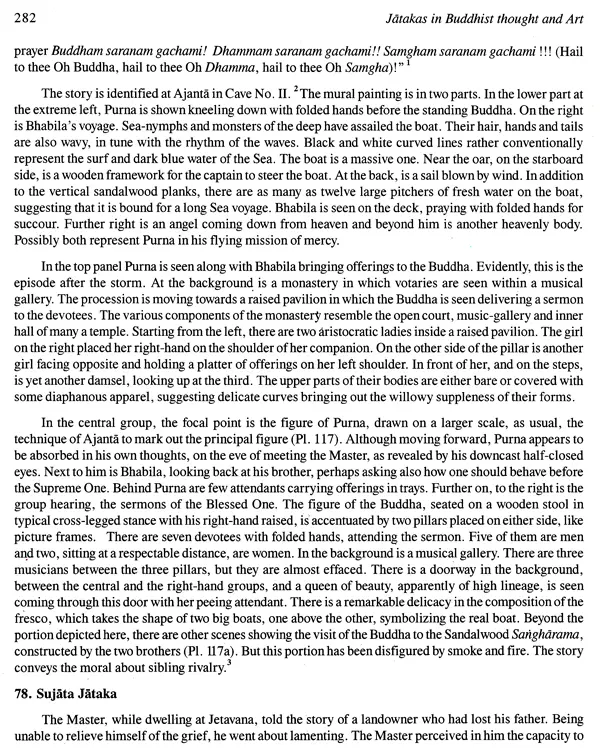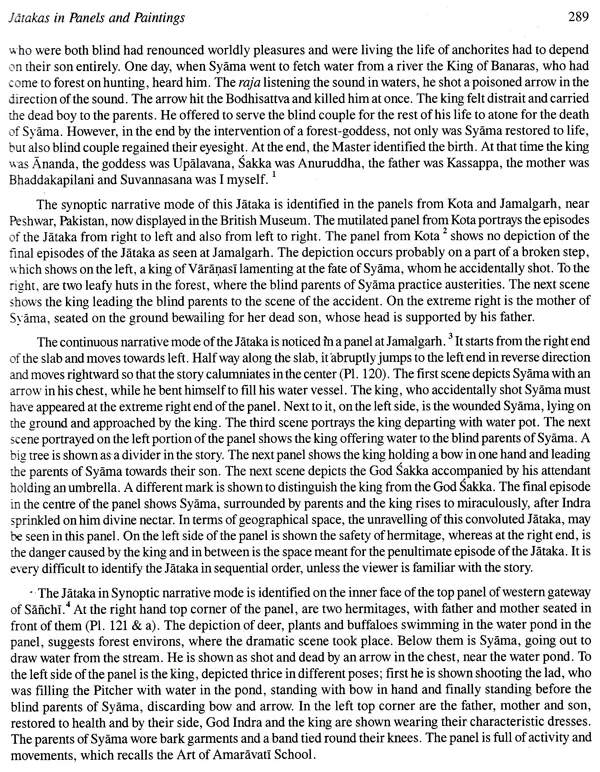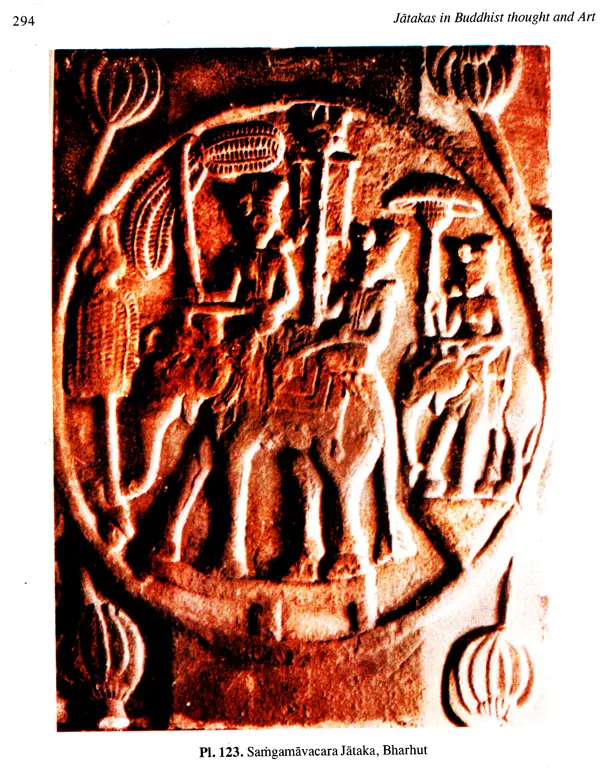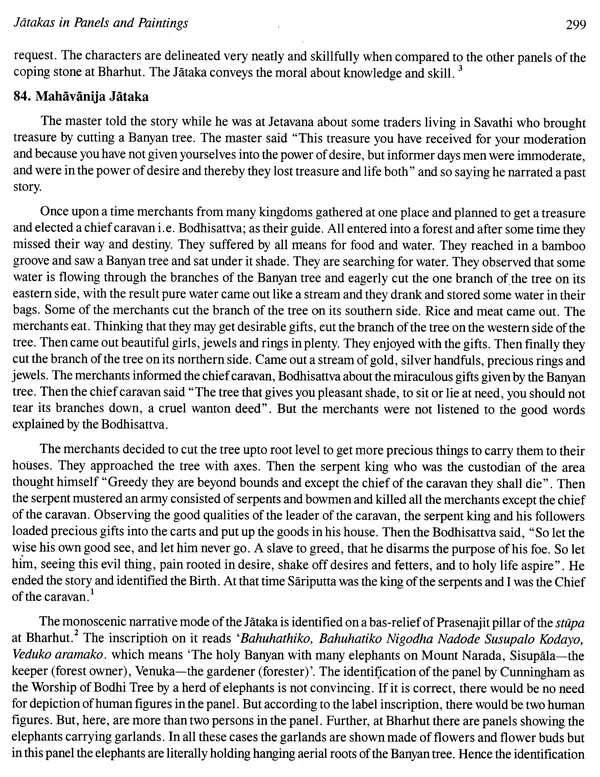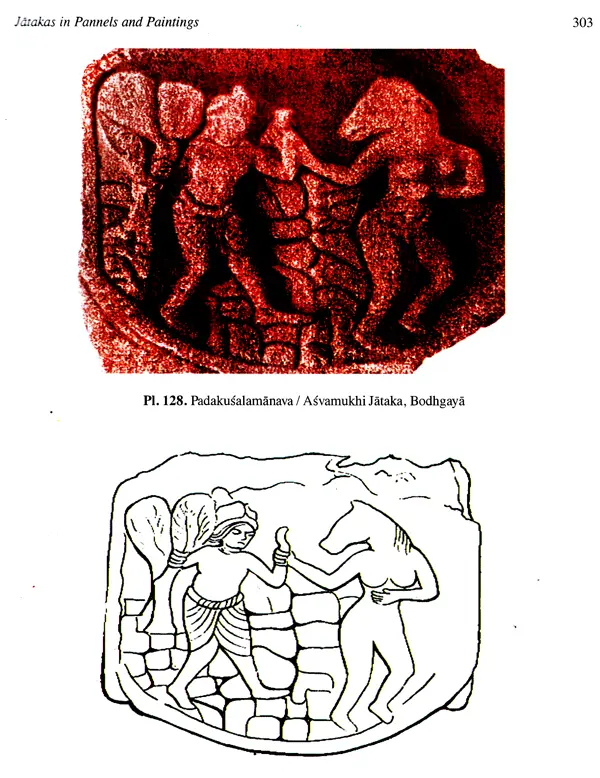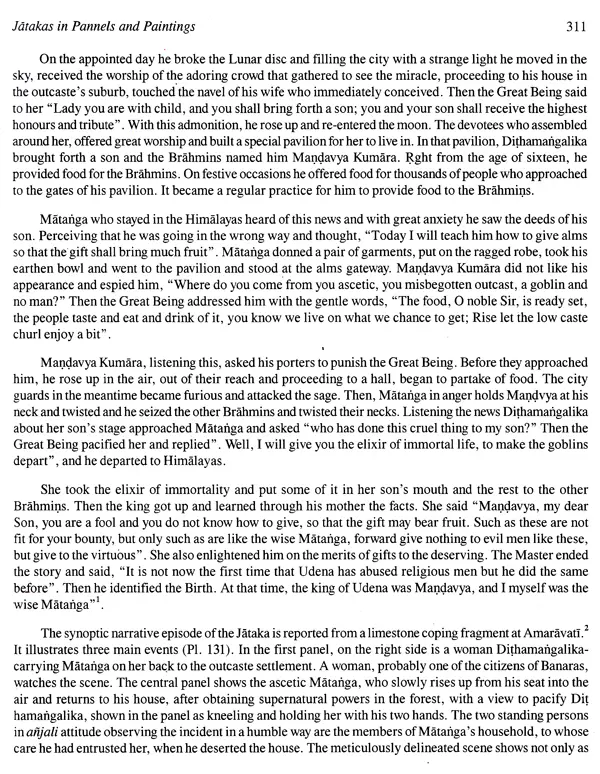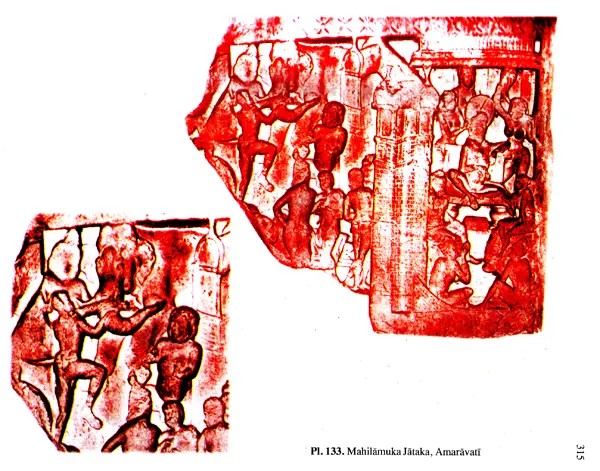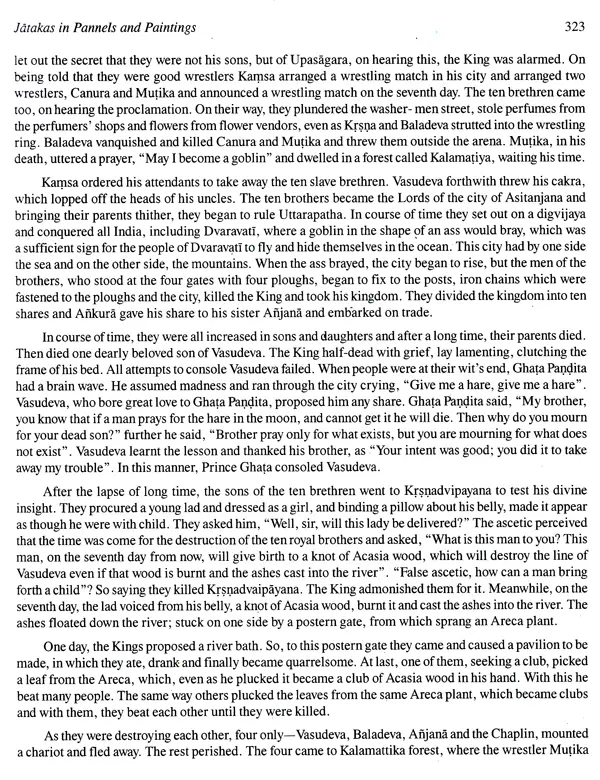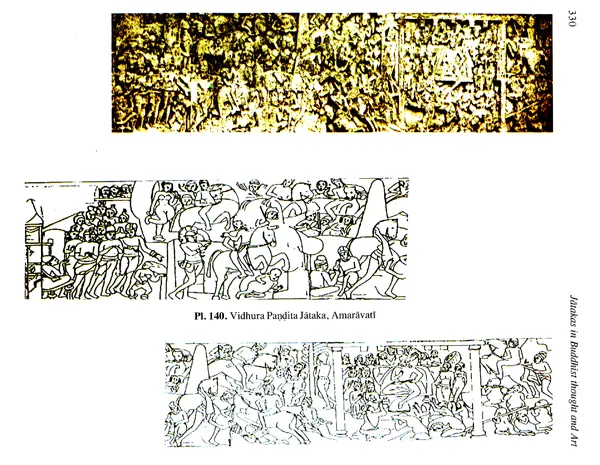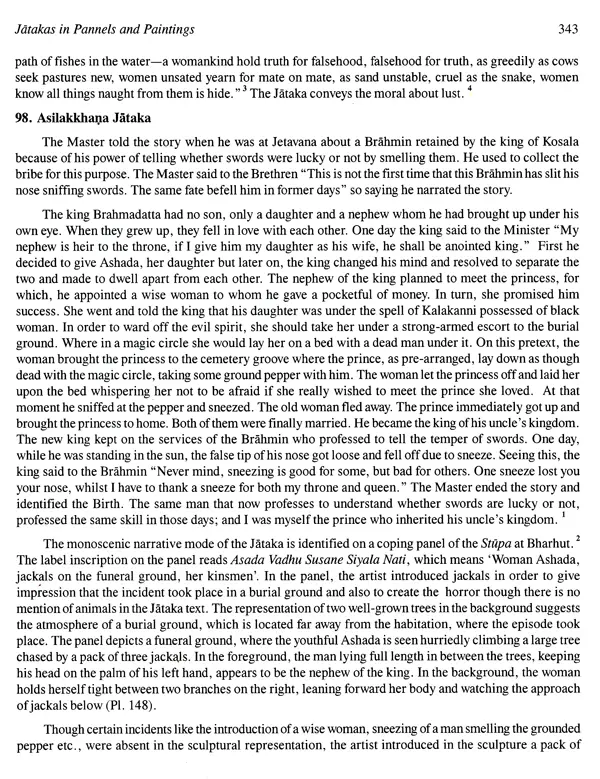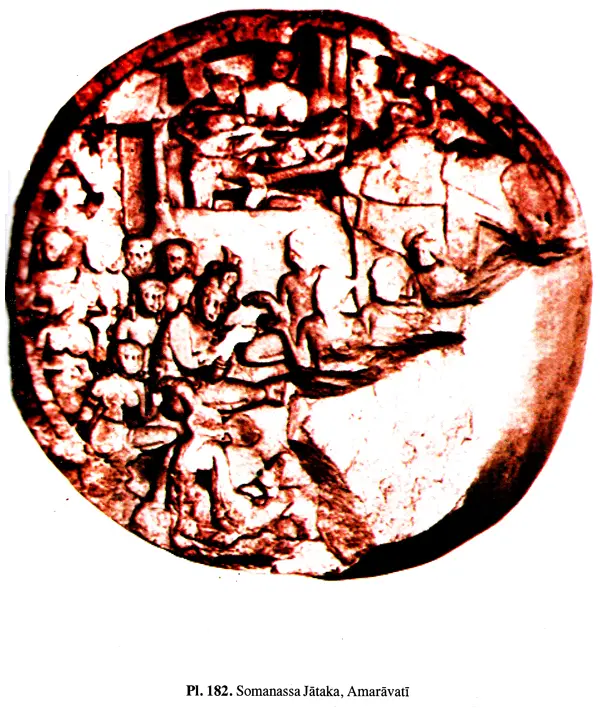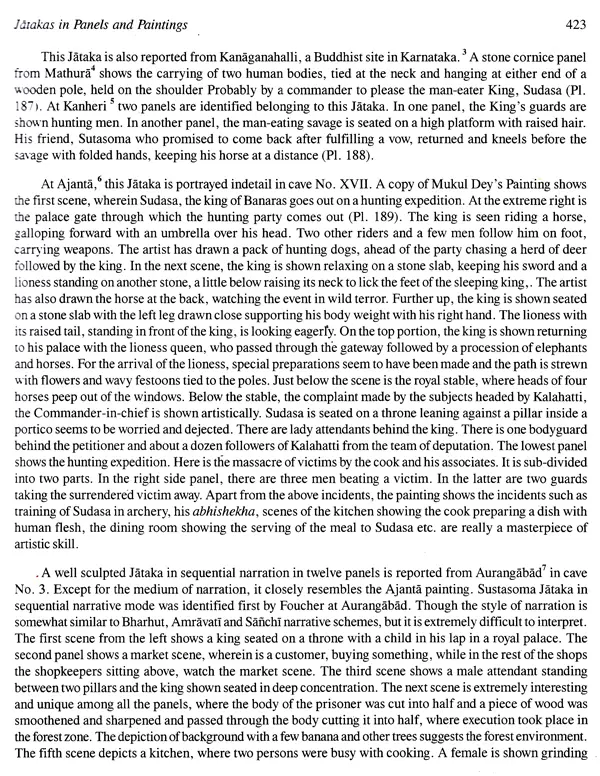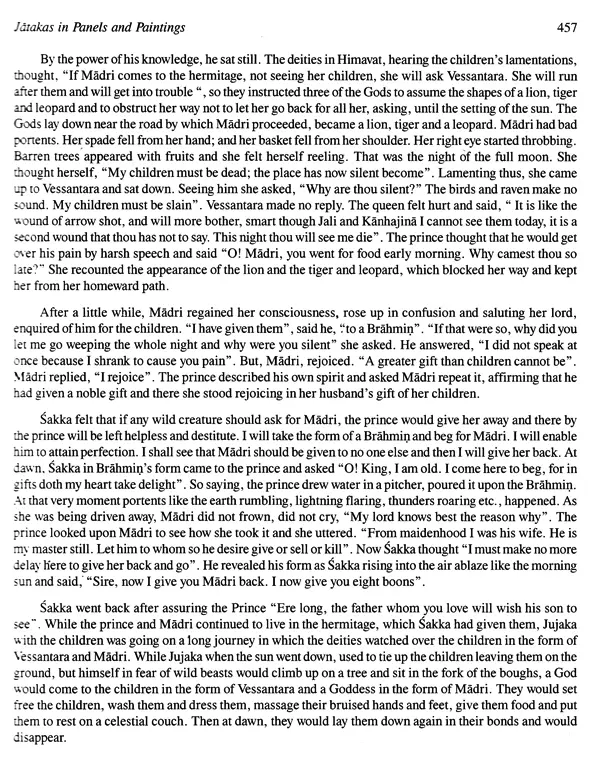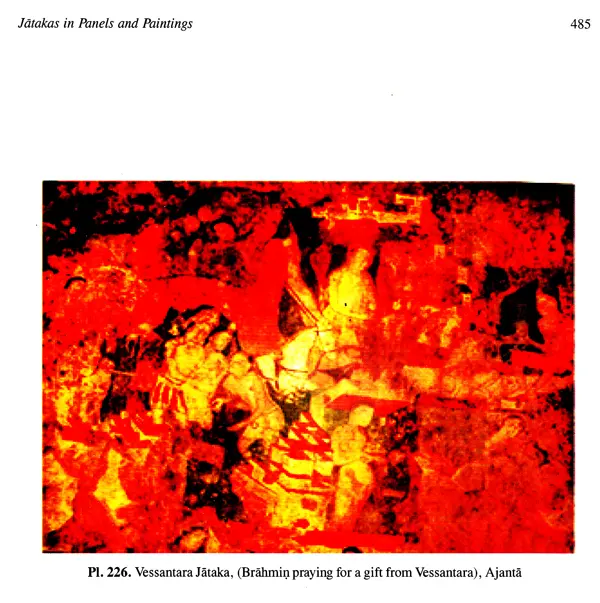
Jatakas in Buddhist Thought and Art (Set of Two Volumes)
Book Specification
| Item Code: | UAN394 |
| Author: | Dr. B. Subrahmanyam |
| Publisher: | Bharatiya Kala Prakashan |
| Language: | English |
| Edition: | 2009 |
| ISBN: | 9788180901997 |
| Pages: | 534 |
| Cover: | HARDCOVER |
| Other Details | 11.20 X 9.00 inch |
| Weight | 3.56 kg |
Book Description
The book entitled Jatakas in Buddhist Thought and Art is the first of its kind in which the author attempted to identify the Jatakas depicted in the panels and paintings noticed in various Buddhist monasteries with the canonical and non-canonical literary works. While doing so, he discovered some Jātaka panels, left untouched by earlier scholars. The author has also highlighted the evolutionary stages of the art in sculptured panels and paintings from monoscenic to the sequential continuous narrative mode right from the Bharhut to Amaravatī School of Art and its influence as reflected in the paintings at Ajanta and carvings at Kanheri and Aurangabad rock-cut caves. The book gives a vivid picture of the diffusion and distribution of Jātaka narratives in the Indian sub-continent. The publication is well supplemented by neat photographs and drawings.
Apart from his participation in seminars he has contributed a good number of research. papers to various reputed journals. He authored several books viz Thotlakonda Buddhist site in A.P. (1992), Directory of Monuments Antiquarian Remains in Anantapur District A.P. (1993), Pre, Proto and Early Historic Cultures of Krishna Tungabhadra Valley (1997). Andhra Desamulo Buddha Dhatu Petikalu (Telugu, 1997), Buddhist Relic Caskets in South India (1998), Buddhist Inscriptions of Andhra Desa (1998), Buddhist Relic Caskets in A.P., (1999), Lotus Petals, Lumbini Festival (2000), A Monograph of Gold Coins of the Kakatiyas (2000). Vajrayana Buddhist Centers in South India (2001). Dantapuram, An Early Buddhist site in A.P., (2002), Jatakas in South Indian Art (2005) etc. He is Assistant Editor of the book 'Kevala Bodhi': Buddhist and Jaina History of the Deccan (2003). He received incentive award and appreciation from the Government of A.P., for the discovery of Buddhist Relic Caskets in 1993 from the Maha Chatiya, Bavikonda, Visakhapatnam District, A.P. Currently he is involved in publishing books on Buddhist Sites and Monuments in A.P., and Megalithic Cultures of Godavari Krishna valley.
Some scholars say that many of the ancient folk stories which are charming and purely native in nature, were originally composed in Kashmir about 200 B.C. and included in the work called Panchatantra. Majority of the actors in these stories are animals. The above hypothesis floated by Dr. Hertel is more convincing and acceptable, because, many of the stories depicted in the panels of the stupa at Bharhut, (2nd C.B.C) represent animals, birds and other small creatures, which are visualized and made to speak like human beings. More over the Bharhut School of Art is the first indigenous art of the Indian sub continent. Thus the hypothesis made by Dr. Hertel is obviously supported by the sculptural art at Bharhut. Originally the folk stories in the Finchotantra are meant to propagate virtues among people of all ages. The Buddhists might have added Buddhist ideology or philosophy to some of these folk stories and named them as Jataka stories and incorporated them in to their canonical texts.
Scholars opined that in South India, the text Punchatantra was composed by Vishnusarma and later by Vasubhaga around 1" C.A.D. Some of the stories are also found in Brihatkatha of Gunadhya of 1" C.A.D. in Puisachi language. Later on the Ganga king Durvinita who ruled Karnataka (529 A.D) translated this into Sanskrit. These stories are portrayed on the temple walls along with narrative themes of the Ramayana and Mahabharata, by the Chalukyas of Badami, the Rastrakutas of Malkhed, the Gangas of Talakad, the Chalukyas of Kalyana, the Hoyasalas of Dvarasamudra, who ruled Kannadadesa and the western coast right from 6" C.A.D. onwards. Because of its importance, the work Panchatantra was translated into Persian language by the court physician of the king Khusro Nanshirvan and in Arabic in 750 AD by Abdulla, the son of Alicaf under the title of Khalila-va-damna and later on in differe languages. It was again composed in Kannada language in 1031 AD by Durga Simha based on Vaubhaga's tradition, For the first time in 1859. Theodor Benfey, the German Sanskrit scholar published literal and true translation, into the German language of the Kashmir recension of the Panchatantra collection though the Sutrit version consisted of eighty four stories which was published earlier in Germ language, Subsequently in 1924 Panchatantra in English translation was made available by Stanely Rice and Arthur W Ryder, the well known American Oriental scholars. The text Falchantantra existed in different languages right from 2 C.I.C.
According to tradition there were 550 Jataka stories, originally composed in Pali, which were takes to Ceylon by Mahendra, son of Asoka the Great, 250 B.C. Buddhaghosa in 5th century A. D retranslated the commentary into Pali It is through this commentary that the text of the Jatakas has come down to us, Dr. Fausboll who categorized the text into three major component elements, viz., the tale, the frame and the verbal interpretation, first edited the text of commentary. Considering it as the oldest, most complete and important collection of folklore, Rhys Davids translated it in the year 1880. Later on, a host of scholars like W. R. D. Rouse, H. T. Francis, and R. A. Neil worked on it and the first volume o translation appeared in 1895 under the editorship of E. B. Cowell.
In the same century, Kern published Janakamala (4th century A.D) in the year 1891. Afterwards 1. 5. Speyer in the year 1895 translated Aryasura's Jatakamala (garland of birth stories) into English. He says that Aryasura's Jarakamala has higher pretension and used infact a kind of Kavya style, a work of art, by the north Indian Buddhists, whereas the Jataka in Pali is the simple prose style, followed by the Buddists of South India. Similarly, three decades later, the Royal Asiatic Society published the translation of another great work namely Avadanakalpalata (11th century A.D.), composed by Ksemendra, the Kashmir poet in the year 1920.
Whatever it may be, the Jataka stories are not only aimed at propagating the Buddha's teachings and doctrine, but also deal with a wide range of topics like politics, socio-economic conditions, evils in the temporary society, Government and its administration, functions of ministers, Judiciary, crime and contemporary punishments, ambassadors and their conduct, and discipline besides trade and commerce.
Several scholars studied the Jataka literature from various angles. Richard Fick studied these Jatakat from the social point of view, keeping always in view, the caste and the priest. Roy Chaudhary studied these stories to draw the political history of ancient India. Rhys Davids and N.S. Subba Rao have studied and projected the economic conditions that prevailed during the early centuries of Christian era. Beni Prasad in his work. The state in Ancient India, exhaustively dealt with the administrative aspects. B.C Sen in his work, Studies in Jatakas has drawn political and administrative matters. Ratilal N.Mehta in his work, pre Buddhist India, studied the Jatakas from several aspects such as political, administrative. economic, social and geographical survey of ancient India.
The epochal discovery of the sculptural Jataka panels in stone media by Sir Alexander Cunningham more than a century ago, at Bhathut opened a new line of inquiry, which was continued by several scholars, especially Foucher and Barua.
**Contents and Sample Pages**
